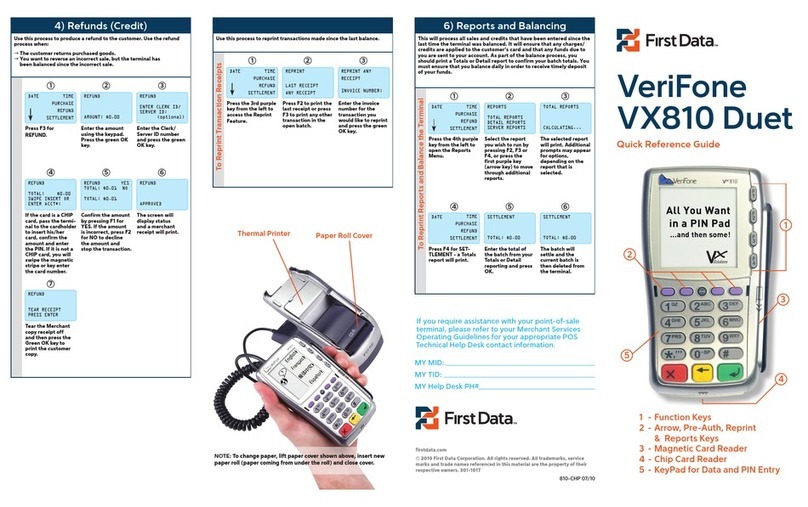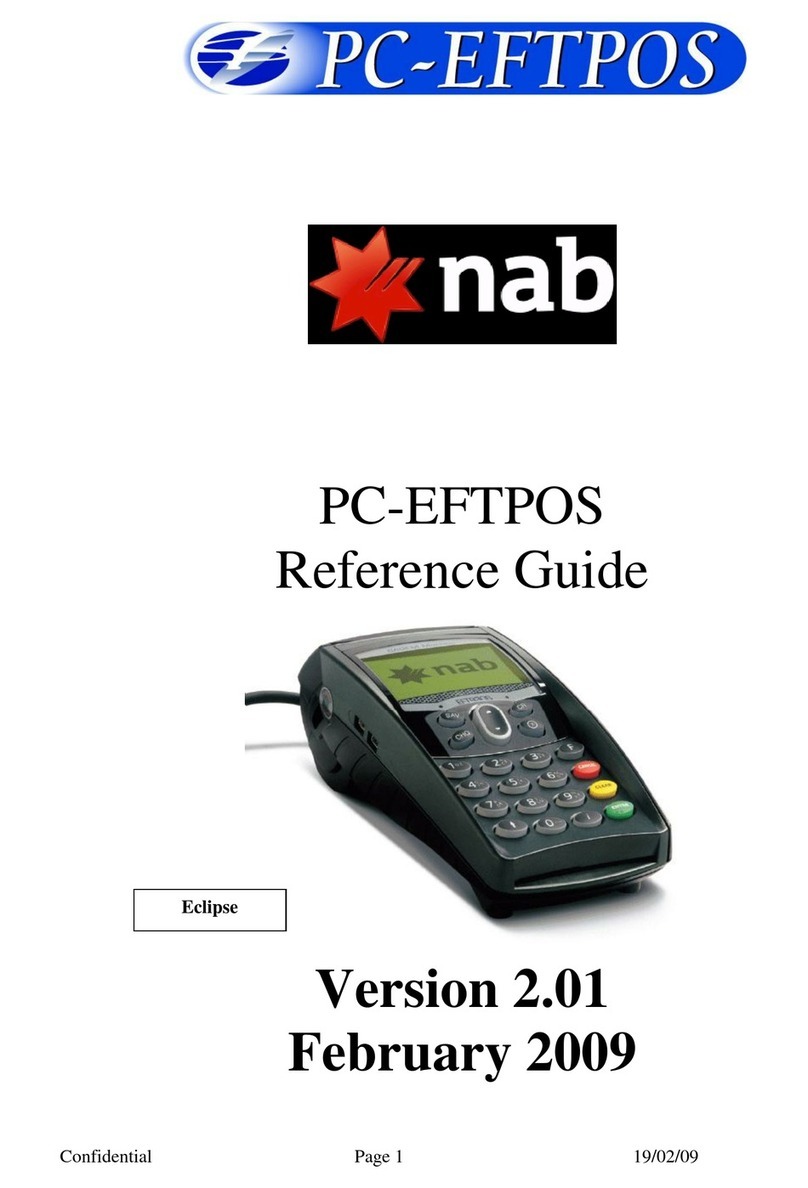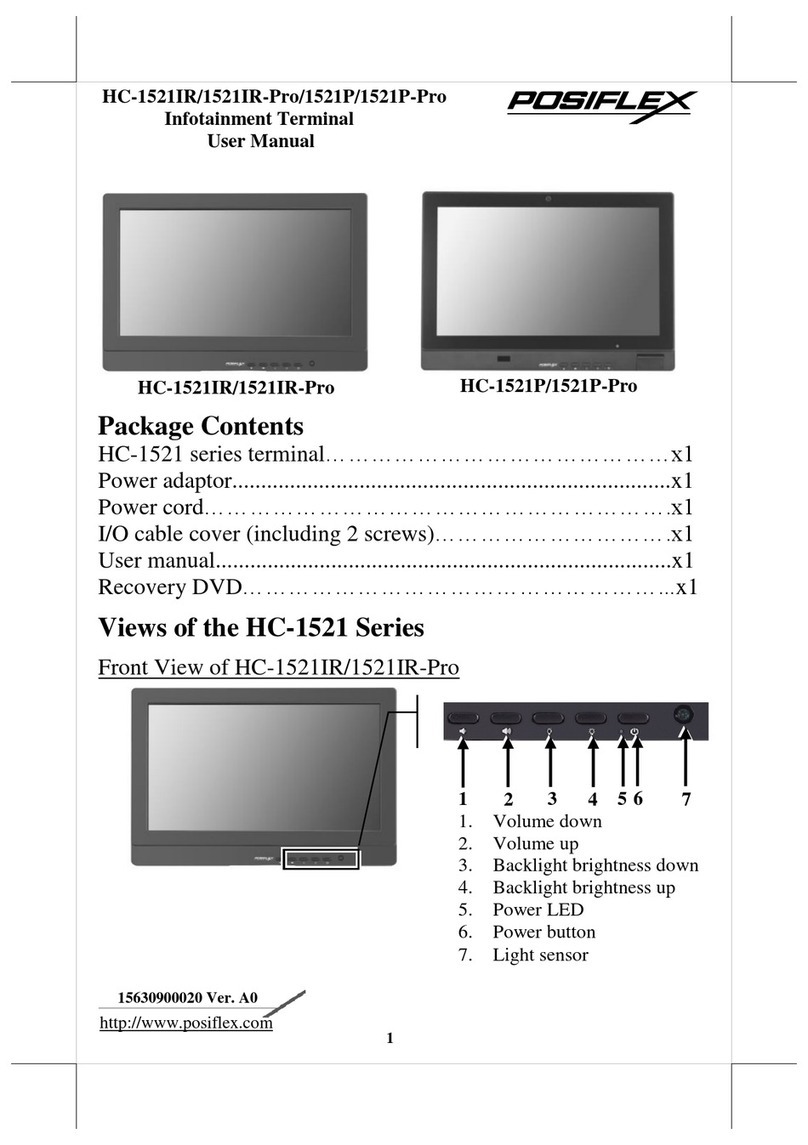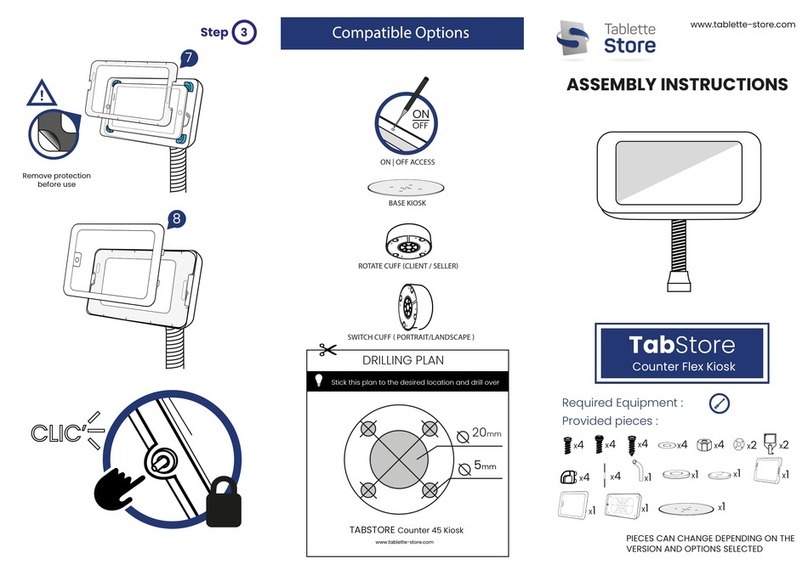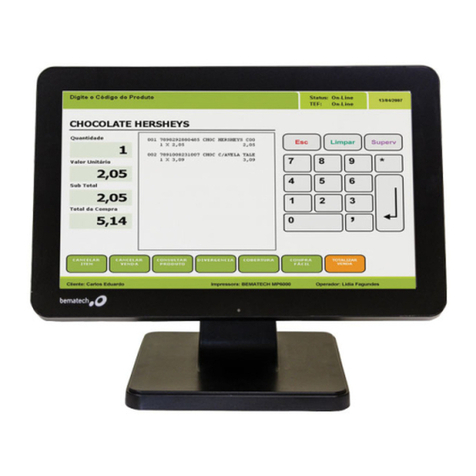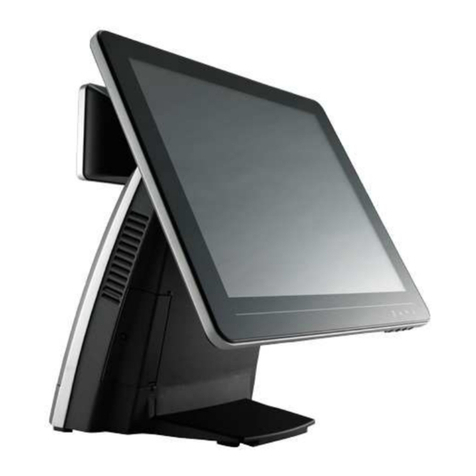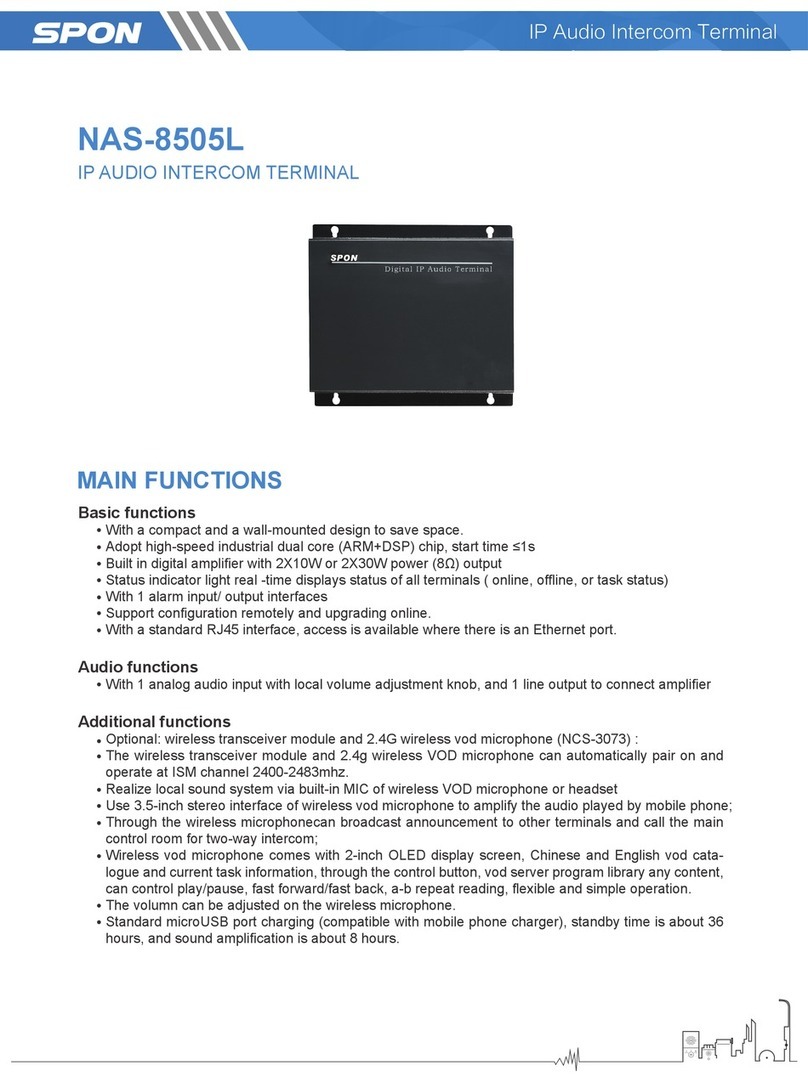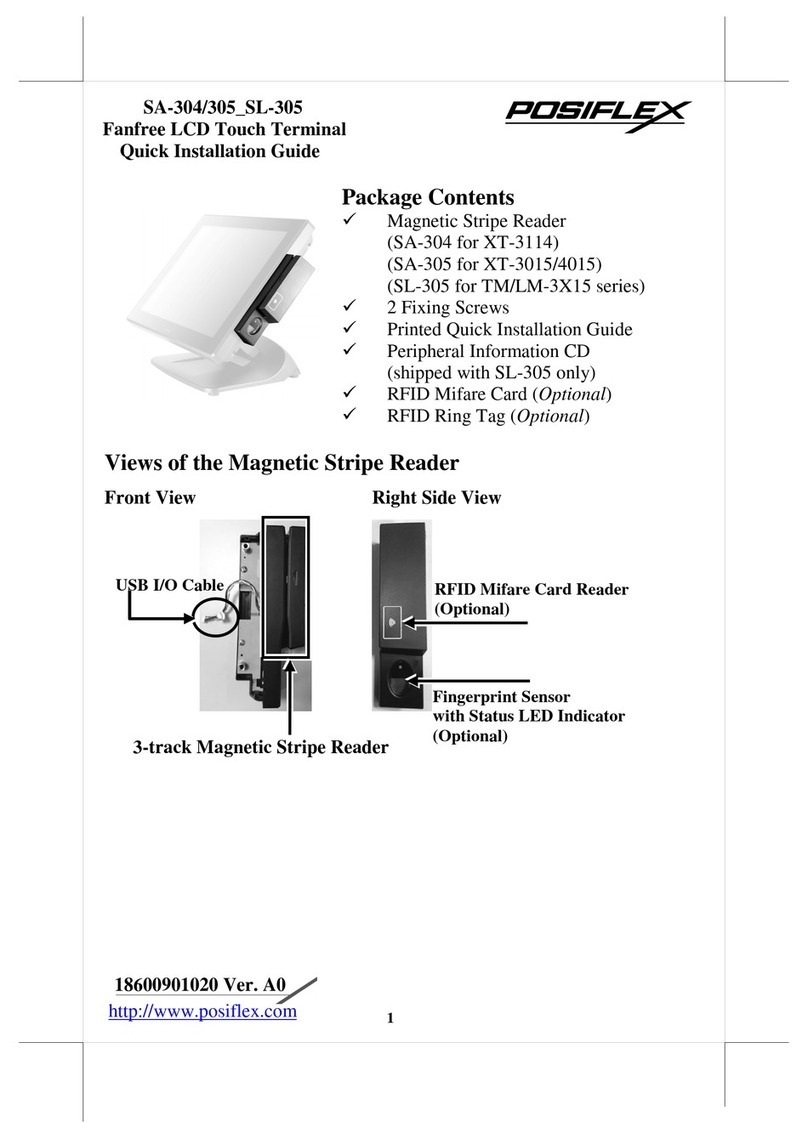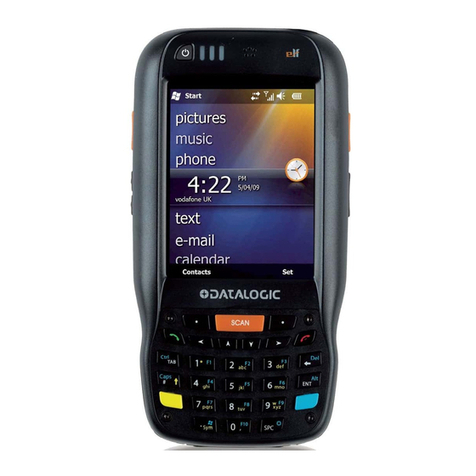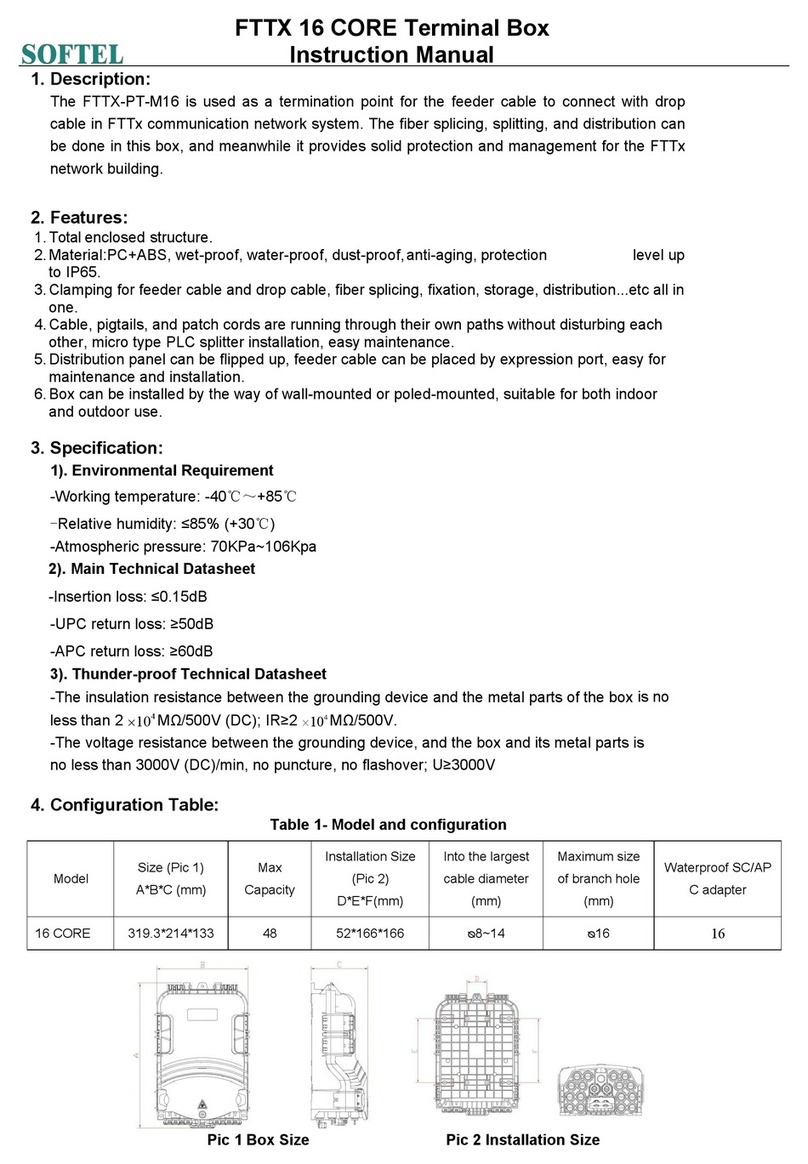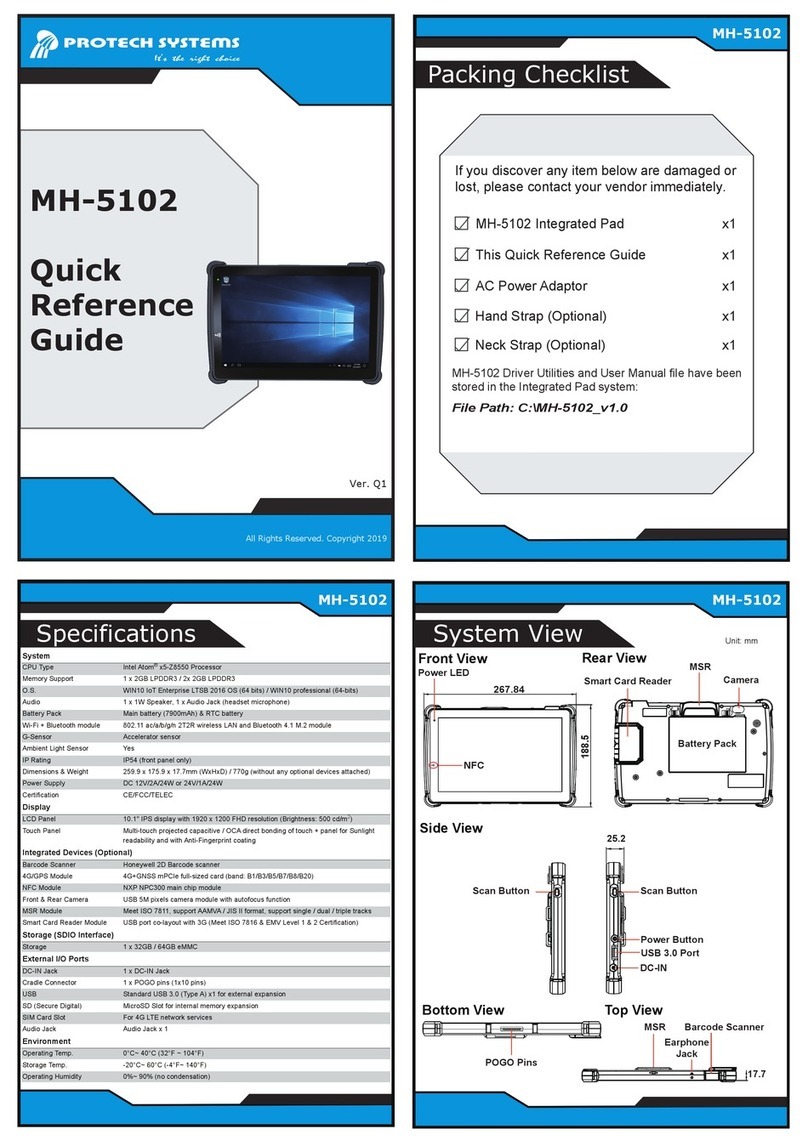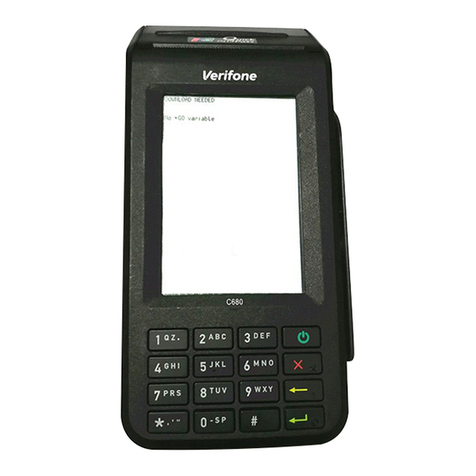Mic ETS2228 User manual

ETS2228 Maintenance Manual
All right reserved Page 1, Total 43
ETS2228 Maintenance Manual

ETS2228 Maintenance Manual
All right reserved Page 2, Total 43
Contents
Chapter 1 Overview...................................................................................................................................3
1.1 Brief Introduction of Product...............................................................................................3
1.2 Specifications of the Software and Hardware ..............................................................................4
Chapter 2 ETS2228 Principles.................................................................................................................5
2.1 Principles.......................................................................................................................................5
2.1.1 ETS2228 principle structure.................................................................................................5
2.1.2 Detailed Introduction to Functional Circuit Unit......................................................................6
Chapter 3 Detailed Introduction of Functional Module..............................................................................15
3.1 Power Part(including power supply and power management).............................................15
3.2 Base Band Part............................................................................................................................20
3.3 Power Management Part ............................................................................................................20
3.4 RF Part........................................................................................................................................23
Chapter4 Engineering Mode and Test Mode.............................................................................................29
4.1 Entrance to engineering mode and test mode.............................................................................29
Chapter 5 Troubleshooting.......................................................................................................................30
Chapter 6 Nam Programming......................................................................................................................40
Chapter 7 Appendix....................................................................................................................................41
7.1 Damageable Spare Part List.......................................................................................................41
7.2 Schematic Circuit Diagram.........................................................................................................42
7.3 Mainboard Structure Diagram...................................................................................................42
7.4 Test Point Location Diagram......................................................................................................42
7.5 Abbreviations..............................................................................................................................43

ETS2228 Maintenance Manual
All right reserved Page 3, Total 43
Chapter 1 Overview
1.1 Brief Introduction of Product
Based on the protocol IS-2000 and CDMA technology, supporting 450M/800M/1900M with jointing
different RF modules in PIPU, HUAWEI ETS2228 Fixed Wireless Terminal has the following features:
Working on frequency 800M;
Voice services;
Call ID display, Call forwarding, Three-way calling, DTMF, Emergency calling;
SMS
Supporting CDMA2000 1X PS data service (MSM6025);
Being compatible with internal antenna or external antenna(external antenna connected with the
standard RF-connector, which can be disassembled);
Power supply with charge battery or linear power adapter;
Supporting ROMSIM ;

ETS2228 Maintenance Manual
All right reserved Page 4, Total 43
1.2 Specifications of the Software and Hardware
1.2.1 Introduction to software functions
Functional modules within software structure as follows:
(1)Application processing module: Management of voice service.
(2) Protocol shed processing module: to support the CDMA2000 1X standard and being compatible
with the protocol IS-95.
(3)Platform service sub-system: there the common platform to run the software, which includes starting,
diagnosing, downloading, watch-dog etc.
(4)Driver modules: to control the hardware, like RF modules, environment detecting, storage
equipments. In additional, to control modulation and demodulation, to control user interface.
(5)Background Software Management Modules: to write the user configuration information into flash
and to replace configuration parameters to different software versions ,which to meet different operater’s
requirements.
1.2.2 Specification of hardware
Working Frequency Band: Uplink: 824MHz~849MHz;Downlink :869MHz~894MHz
Max. transmitting power: more than 23dBm;
Max. inputting power: -25dBm;
Receiving sensitivity : -104dBm;
Interfaces: Date serial port: DB9 (female), for parameters configuration;
Antenna interface: for installing indoor or outdoor antenna;
Power interface: for power supply;
Common power consumption while calling: 1.2W
Common standby power consumption: 40mW
Dimension: 185 mm × 162 mm × 79 mm

ETS2228 Maintenance Manual
All right reserved Page 5, Total 43
Chapter 2 ETS2228 Principles
2.1 Principles
ETS2228 Fixed Wireless Terminal (FWT) is composed by two boards, keypad and LCD etc. one board
is Terminal Communication Process Unit (TCPU), the other one is Phone Interface Process Unit(PIPU).
The TCPU includes MSM6000 subsystem, Power supply and power management subsystem, RF
subsystem and TCPU interface subsystem; the PIPU includes user interface subsystem(Serial port
protection module, AF channel 1, AF channel 2, Environment monitoring module and PCB version
number check module ), power supply and power manager subsystem(Primary power supply module,
Primary power supply check module, Battery charge/discharge module, DC/DC power module, Power
switch control module).
2.1.1 ETS2228 principle structure
Figure 1: ETS2288 FWT Structure
HUAWEI ETS2228 Fixed Wireless Terminal is composed of two boards and keypad & LCD. One

ETS2228 Maintenance Manual
All right reserved Page 6, Total 43
board is Terminal Communication Process Unit (TCPU) and Phone Interface Process Unit (PIPU). The
hardware architecture of FWT is shown in Figure 1.
The TCPU is the core of an FWT, including a radio frequency (RF) receiving and transmitting unit,
a central processing unit and a power module.
The PIPU and the TCPU are connected through a 72-pin weld-pads (72 weld-pads locates around
the TCPU, which to connect the PIPU in the castellation form). The PIPU provides functions of power
conversion from the external power into the power needed by system, battery charge/discharge
management, voice signals processing. Besides the PIPU is the bridge between the TCPU and keypad &
LCD.
2.1.2 Detailed Introduction to Functional Circuit Unit
Power-on Circuit(Battery and Power adapter)
When powering on WL71PIPU, the whole process as follows:
There are two ways of power supply: one is battery, the other is external power. When using the
later one, VEXT_DC up to 5V, then PM6610 begins to work and software startups. At this moment,
some functions of software have been running and the system begins to detect and charge the battery, the
display of LCD in charging status. If holding the Power-off key for 4S (keeping down the voltage of
TERM_ON), the process of Power-on will be closed, the software all in running, searching the net and
being in idle status.
When using the battery, there is only the voltage of VREG_PHONE, the system keeping down the
signal Term_on, PM6610 begins power conversion to the one needed by other modules and software
started up. The programme is the same if we turn on the Power-on switch: when turning it on, PM6610
and software starts up. The software only detects the Power-on switch being holding over 4S, it means
the normal power-on. If not, the process will be closed.

ETS2228 Maintenance Manual
All right reserved Page 7, Total 43
Figure 2 Power-on Circuit With Battery
Charging Circuit
When charging or discharging to battery, the management module is controlled by MSM6000 in TCPU.
MSM6000 detects the voltage of the battery to output the signal CHG_EN, which control the charging to
battery or not. If needed, the system will charge the battery.
1. Battery discharging: If there is no external power, MSM6000 control PM6610 to power supply the
system by battery.
2. Battery charging: if there is external power, MSM6000 control PM6610 to charge the battery or not.
The battery is charged or not, which by controlling the output current form the secondary power.
When the battery in fast charging status, the grid of Q303 is low and not through. The internal
differential amplifier (TL494) will control the pulse duty ratio of PWM, which the current output of
switch power supply will be restricted to 830mA; when the battery in slow charging status, the grid of
Q303 is high and through. The internal differential amplifier (TL494) will control the pulse duty ratio of
PWM, which the current output of switch power supply will be restricted to 75mA. Finally the fast
charging operation will be stopped and replaced by the slow charging operation. The feedback loop is
accomplished by the internal differential amplifier (TL494).

ETS2228 Maintenance Manual
All right reserved Page 8, Total 43
Signal Modules Function Description
VREG_PHONE the secondary power conversion module the output of the secondary
power:4.44V
V_BATT Battery->PM6610 the battery output voltage
CHG_EN PM6610->TL494 PM6610:control the output
List 1 Battery Charging/Discharging Module Signals
Figure 3 Battery charging Circuit
Battery is connected to the output of the secondary power supply(4.4V) directly. When there is no
external power supply, battery powers the system supply through the signal VREG_PHONE, and there is
no special discharging control circuit.
Audio Interface Circuit
ETS2228 audio interface includes handle receiver (the microphone and earphone is included),
speaker interface and hands-free MIC interface. The power of speaker is quit bigger than the others,
which must be amplified through the audio amplifier, but for hands-free MIC interface and handle
receiver can be connected directly.
1)Handset MIC Interface。Bead and capacitor constitute the filter circuit.

ETS2228 Maintenance Manual
All right reserved Page 9, Total 43
Figure 4 Handset MIC Circuit
2)Handle Receiver Interface. Bead and capacitor constitutes the filter circuit.
Figure 5 Handle Receiver Interface
3)Hands-free Interface Circuit
The audio amplifier amplifies EAR2 signal to speaker, the switch of speaker is controlled by the bias
voltage of MIC2_P. And when the bias voltage of MIC2_P is zero, the voice channel and the audio
amplification is shut-down, which the system is in idle status. Possible faults of the hands-free channel:
no ringing, then check whether U603 is wrong or not.

ETS2228 Maintenance Manual
All right reserved Page 10, Total 43
Figure 6 Hands-free Interface Circuit
LCD unit
In the ETS2228 FWT, LCD is a peripheral component. If wrong with LCD, it can be replaced
directly. The PIPU is compatible with the lattice LCD and the segment LCD, ETS2228 adopt the
lattice LCD.

ETS2228 Maintenance Manual
All right reserved Page 11, Total 43
Figure 7 LCD Hardware Interface Circuit
PIN NO. FUNCTION DESCRIPTIONS SYMBOL
1 This is the chip select signal. /CS1
2 /RES
3 A0
4 R/W
5
E

ETS2228 Maintenance Manual
All right reserved Page 12, Total 43
6~13 DATA BUS DB0~ DB7
14 Power supply VDD
15 Ground VSS
16 VOUT
17 CAP3P
18 CAP1N
19 CAP1P
20 CAP2P
21 CAP2N
22
DC/DC voltage converter.
CAP4P
23 V4
24 V3
25 V2
26 V1
27
This is a multi-level power supply for the liquid crystal drive. The voltage Supply
applied is
determined by the liquid crystal cell, and is changed through the use
of a resistive voltage divided
or through changing the impedance using an op.
amp. Voltage levels are determined based on Vss,
and must maintain the relative magnitudes shown below.
V0 ≧V1 ≧V2 ≧V3 ≧V4 ≧Vss V0
List 2 Lattice LCD Signals
Keypad unit
In the ETS2288 series FWTs, the keypad is a peripheral component. If it is broken, it can be
directly replaced. And 72PIPU veneer uses 5×5 keypad。

ETS2228 Maintenance Manual
All right reserved Page 13, Total 43
Figure 10 keypad implements circuit
Figure 1 keypad back facet circuit
Asynchronous serial port drive circuit
We put the drive of the serial port onto the serial port line. The output power level of
the serial port drive does not match the MSM6000 power level---The high power level of MSM6000 is
2.8V, while the high power level of the serial port drive is 4.4V. Thus, what is needed is to make a
power-level conversion and protection circuit for the transistor to convert the power level of the serial
port circuit. The dual transient suppression diode protects the serial port and prevents the damage
towards the system from abnormal power level input such as ESD.
Serial port signals are divided into 5 groups:
1) Data receiving signal RS_RD (Input); Data sending signal RS_TD (Output).
2) Traffic signal clearing/sending RS_CTS(Input); Request sending RS_RTS (Output)
3) Modem status signal (modem refers to FWT); Carrier wave detection UART1_DCD (Output);
Data terminal ready UART1_DRT (Output)
4) Serial port indicating UART1_IND (Output). The power level (high/low) is determined by the
serial port line. The power level differentiates debugging data line and high-speed data line. Low power
level indicates high-speed (230400BPS) and high power level indicates low speed
(115200BPS).
5) External serial port drive power supply VDD1_RS. The power switch is controlled by the
MSM_P voltage.
The circuits are shown by the following diagrams:

ETS2228 Maintenance Manual
All right reserved Page 14, Total 43
Input power level conversion circuit:
Figure 2 Input power level conversion circuit
Output power level conversion circuit:
Figure 3 Output power level conversion circuit
Data receiving signal power level conversion circuit. The power level conversion of signal
UART1_RX is accomplished by clamp circuit. The reason lies in that the signal power-level needs to be
lowered to detect whether or not the serial port line is connected when there are no data lines.

ETS2228 Maintenance Manual
All right reserved Page 15, Total 43
Figure 4 Data receiving signal power level conversion circuit
Chapter 3 Detailed Introduction of Functional Module
3.1 Power Part(including power supply and power management)
1 .DC/DC power protect module
This part is chosen joint circuit .the external power over voltage protection module protects the
input power. When the input voltage exceeds 30V, the protection circuit will function. Then the silicon
controlled thyristor is in the continuity status and the self-healing fuse F301/F302 (we only need to joint
one of them and now we joint F301) will be blown. Thus, the power protection circuit will be cut.

ETS2228 Maintenance Manual
All right reserved Page 16, Total 43
Figure16 External power over voltage protection module
2. DC/DC power module
The DC/DC power module generates 4.4V main power necessary for the operation of the whole
machine. It also fulfills the constant current charging function. The maximum output current is 830mA.
We mainly use the PWM control chip (U302) and the switch transistor (Q301) to complete the
second-time switch power circuit. It is the switch power supply that converts the external power into
4.4V.
Figure 5 DC/DC Power transfer circuit
The PWM control chip adopts TL494, including 2 differential amplifiers, 1 external adjustable
oscillator, 1 pulse comparer, 1 time overflow controller, and 1 output control circuit.

ETS2228 Maintenance Manual
All right reserved Page 17, Total 43
Figure 6 TL494
The differential amplifier can work within the range from AC -0.2V to 0.2V. The time overflow
controller has a fixed offset to assure the stable output in case of the changed external input. The external
oscillating circuit can be set through Rt/Ct (The working frequency to be set is 100KHZ).
3 .Power supply anti-reverse-insertion circuit and external
interface
D305 and D301 fulfill the anti-reverse=insertion function of the external power supply. EXT_DC
signal: Whether or not the external power supply exists; V_BATT signal: Battery voltage;
VREG_PHONE signal: Voltage of the second-time power supply.

ETS2228 Maintenance Manual
All right reserved Page 18, Total 43
Figure19 Anti-reverse-insertion circuit
4 .Second-time power voltage-limiting module
The second-time power voltage-limiting module limits the second-time power voltage to 4.4V.
When the constant current charging operation is ended, the second-time power output is stabilized to
4.4V to provide power for the back-level circuit.. The feedback loop is accomplished by operational
amplifier 1 of TL494.

ETS2228 Maintenance Manual
All right reserved Page 19, Total 43
Figure 7 Second-time power voltage-limiting module
5 .Battery temperature switchover module
The temperature’s measure is finished on TTPU veneer, and the battery’s ID measure is finished on
PIPU veneer.
This module converts the thermistor into voltage and sends the voltage to ADC on the TCPU board
to be measured. Thus, the battery temperature will be measured.
See the following figure for the circuit.
Figure21 Battery temperature switchover module

ETS2228 Maintenance Manual
All right reserved Page 20, Total 43
PM6610 PIN NO. Function Description Signal Name
HKADC5 Veneer temperature
sampling PHONE_THERM
HKADC8 Battery temperature
sampling BAT_TEMP
HKADC9 Battery identify(Battery ID)
BAT_ID
Table 1 Environment variable measure PIN
3.2 Base Band Part
The MSM6000 sub-system includes voice coding/decoding unit, baseband signal processing unit,
and CPU system on which protocol software runs. All these functional units are integrated into the
MSM6000 chip. The main function of the voice coding/decoding unit is to conduct compressing and
coding operations over 64K voice and digital code traffics like EVRC codes, to let them be suitable for
being transmitted in wireless environment. The baseband signal processing unit mainly includes
functions like baseband modulation/demodulation and channel coding/decoding. It also includes the
CPU system through which protocol software runs, as well as FLASH for storing software and SRAM
for running software.
3.3 Power Management Part
Power management sub-system mainly fulfils DC-DC converting of external input power
and managing power voltage which is used by inside circuit.
The function of power management can be divided to two parts: battery management and veneer
circuit’s power management. Battery management mainly supplies the functions of charging/discharging
management and temperature protect etc. veneer circuit’s power management manages power of veneer
unit circuit in order to reduce equipment’s power consumption according to operation state .Such as user
interface circuit ,RF transmitter,MSM6000 all can be set dormancy state to reduce equipment’s power
consumption a lot.
See the following table for Power management module interface signal:
Table of contents
